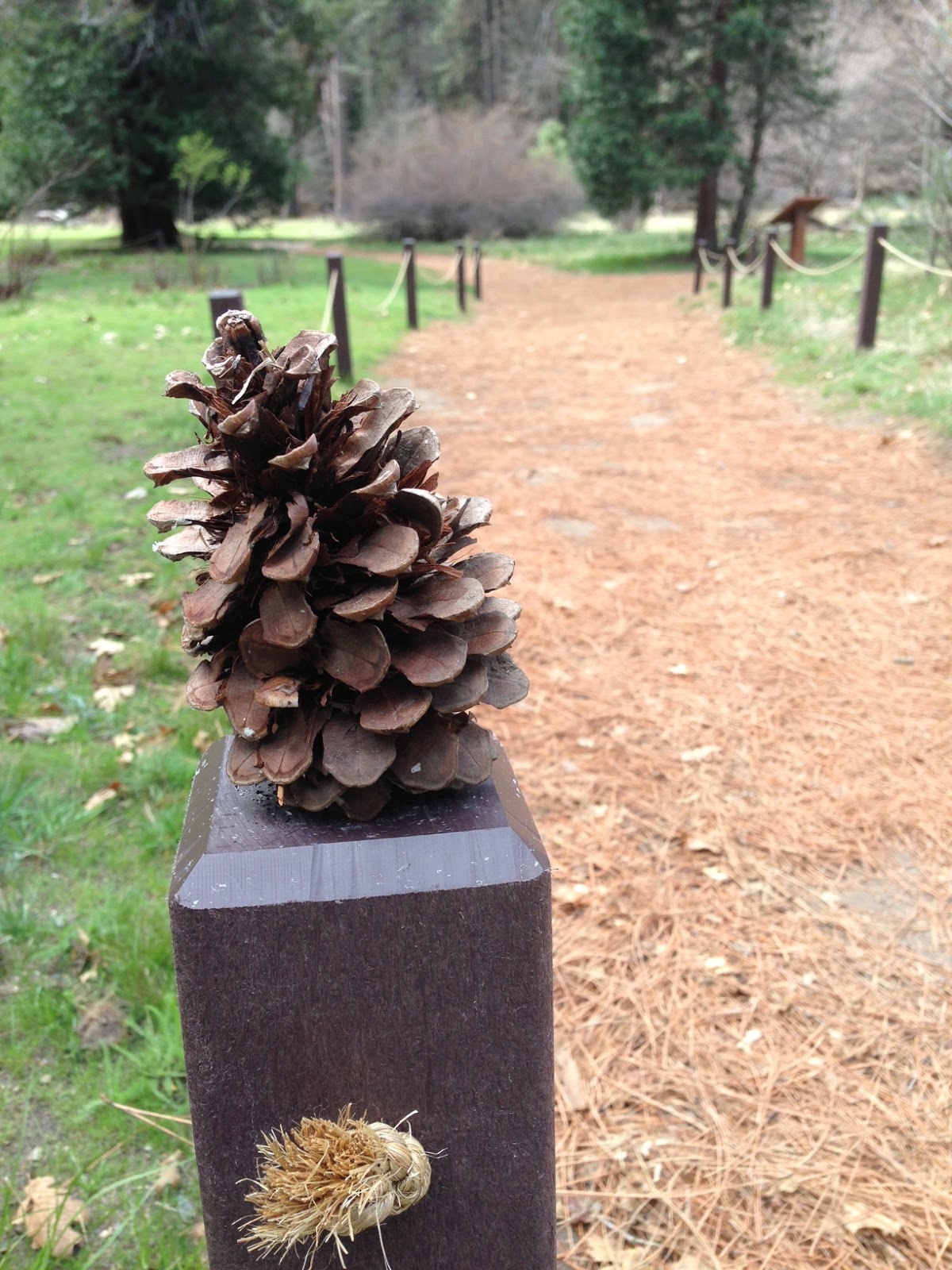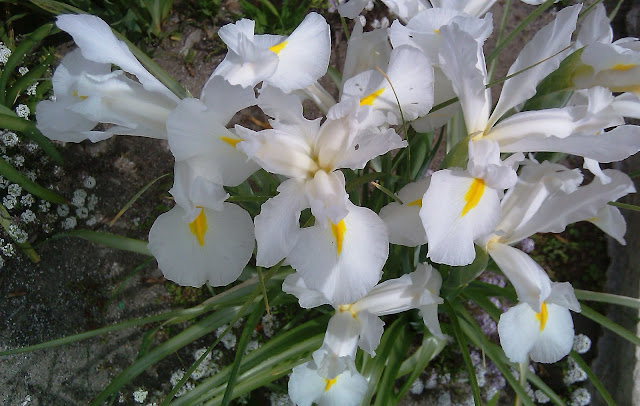Did you know that etiquette requires individuals to eat the ears first when munching a chocolate bunny? A survey conducted by the Chocolate Manufacturers Association (CMA) and National Confectioners Association (NCA) reveals this information. It also noted that chocolate bunnies are the number one “must have” item in an Easter basket.
I have always wondered about the bunny bringing chicken eggs. Where did this start?
In my imagination, the bunny clan and the chicken clan played tricks on one another. They had their territories to defend above and below the earth. One dark night, the bunnies climbed up from their depths in the tree roots and stole all the chickens' eggs. The bunnies hid the eggs in their tunnels that weaves under the ground.
All night long the bunnies painted the eggs a variety of colors, made from chewing daisies, geraniums, and nasturtiums. They popped them up into the chickens' land and hid them behind bushes. The next morning feathers flew as the chickens ran around trying to find their eggs.
What do you think the chickens did when they discovered their eggs had turned a variety of colors?All night long the bunnies painted the eggs a variety of colors, made from chewing daisies, geraniums, and nasturtiums. They popped them up into the chickens' land and hid them behind bushes. The next morning feathers flew as the chickens ran around trying to find their eggs.




















































